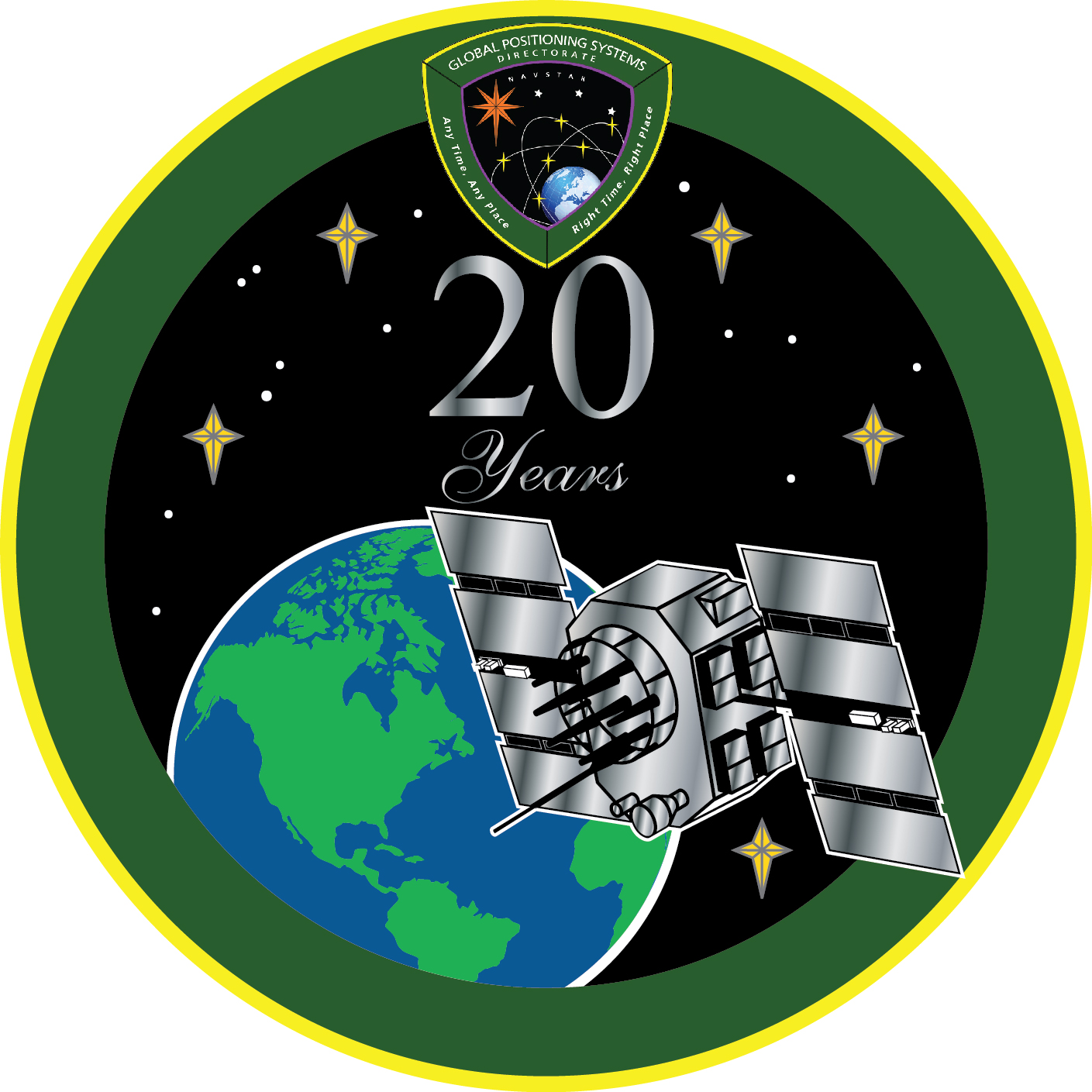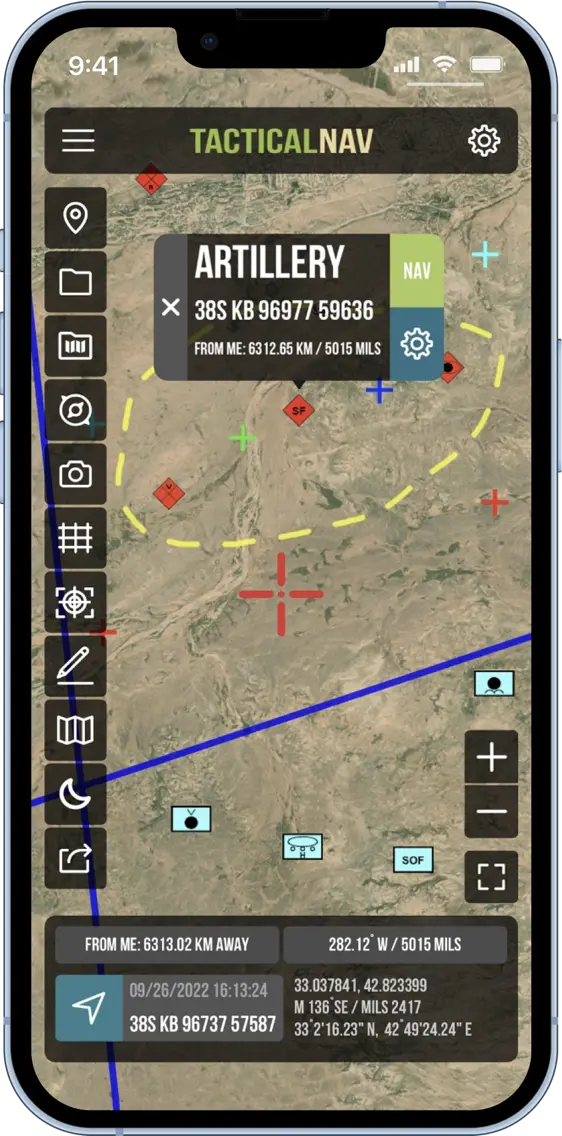In modern military operations, military operations, tactical navigation and positioning systems play a pivotal role. These systems not only enable precise navigation and positioning on the battlefield but also provide accurate target identification and mapping capabilities. This article delves into the principles, military applications, and future trends of tactical navigation and positioning systems.

The Global Positioning System (GPS) stands as one of the most widely utilized navigation systems today. Its principle relies on a constellation of satellites that transmit time-stamped signals to ground receivers, facilitating the measurement of the receiver's position. A minimum of three satellites is needed to determine a position, while four or more satellites can determine altitude. Military forces extensively employ GPS technology for navigation, fire control, target identification, and missile guidance. This system offers highly accurate positioning information, ensuring precise maneuvers for military units regardless of geographical challenges.
Inertial Navigation System:
The inertial navigation system utilizes accelerometers and gyroscopes to measure a vehicle's acceleration and rotational velocity, thereby calculating position and direction. It is an independent navigation technology unaffected by external signal sources, making it reliable in situations where GPS signals are interfered with or unavailable. The high precision of inertial navigation systems makes them the preferred choice for military aircraft, armored vehicles, and missiles.
Augmented Reality Navigation:
Augmented reality navigation systems overlay virtual information onto the real world, providing navigational guidance to users. Soldiers, pilots, and vehicle operators can visualize virtual maps, routes, and targets on the actual terrain through head-mounted display devices or other interfaces. This technology enhances navigation efficiency and tactical decision-making within military units.
Mapping Technologies:
Creating detailed maps is crucial for military planning and operations. This involves the use of satellite imagery, drones, and unmanned systems for real-time mapping and monitoring of ground conditions and enemy activities. Geographic Information Systems (GIS) play a significant role by integrating and analyzing geographic data, including maps, satellite imagery, and geographical databases, aiding in map creation and spatial analysis, improving situational awareness for military commanders. military planning and operations. This involves the use of satellite imagery, drones, and unmanned systems for real-time mapping and monitoring of ground conditions and enemy activities. Geographic Information Systems (GIS) play a significant role by integrating and analyzing geographic data, including maps, satellite imagery, and military planning and operations. This involves the use of satellite imagery, drones, and unmanned systems for real-time mapping and monitoring of ground conditions and enemy activities. Geographic Information Systems (GIS military planning and operations.
GPS Interference and Anti-Jamming Techniques:
The increasing threat of GPS signal interference and disruption necessitates countermeasures. Military forces employ various Military forces employ various GPS interference and anti-jamming techniques, including interference source localization, backup navigation systems, and cryptographic protection, to ensure the integrity of their navigation and positioning capabilities.
Future Development Trends:
In the future, navigation and positioning technology will continue to evolve. Emerging technologies such as quantum navigation, high-precision satellite positioning, and smart navigation systems are expected to enhance the performance and reliability of navigation systems. Military units will continue to rely on these systems to ensure accuracy and efficiency on the ever-changing battlefield.
Conclusion:
Tactical navigation and positioning systems constitute an indispensable part of modern military operations. They provide essential capabilities for navigation, target identification, and mapping, supporting military missions effectively. As technology continues to advance, these systems will provide even more robust tools for military forces to address evolving battlefield challenges. military operations.